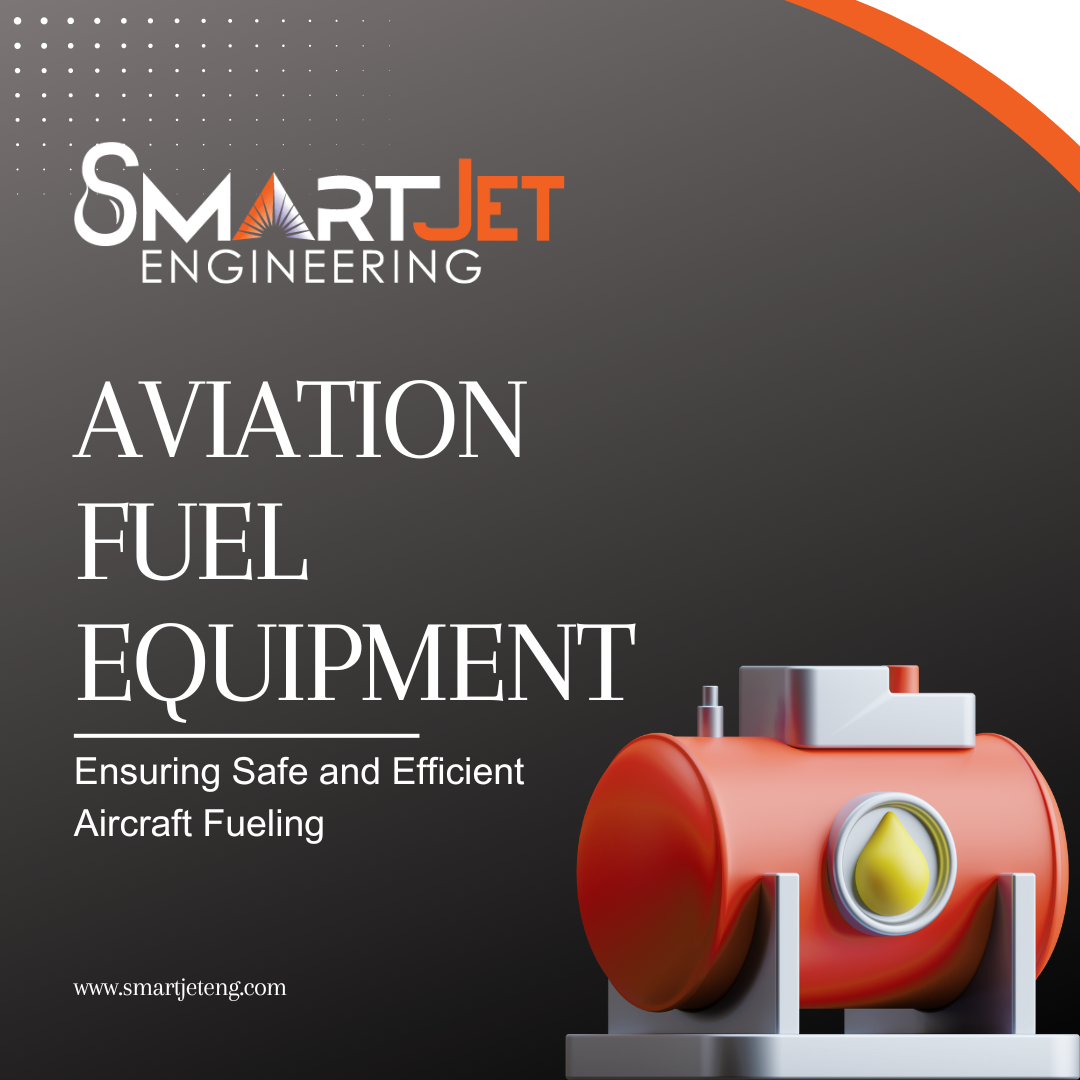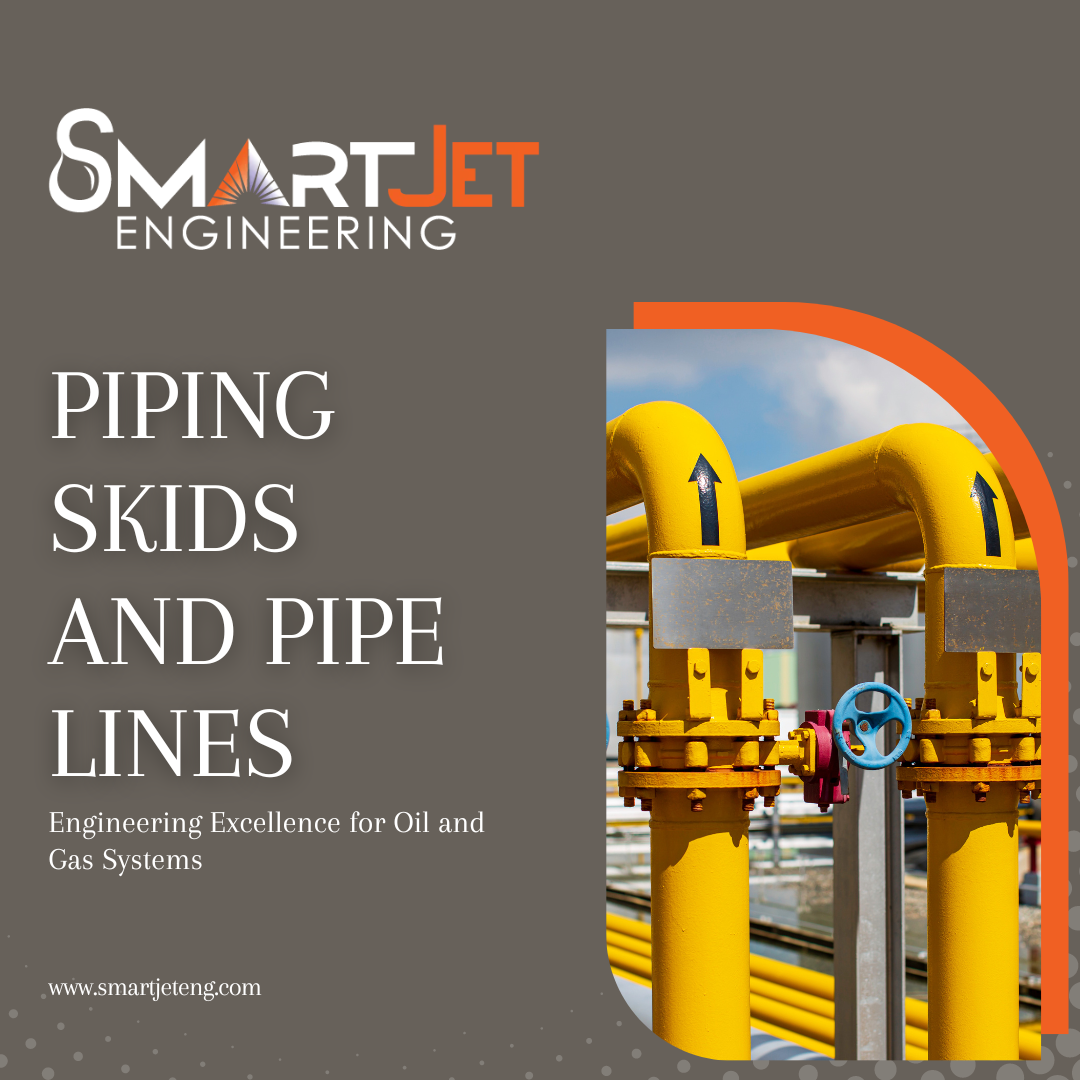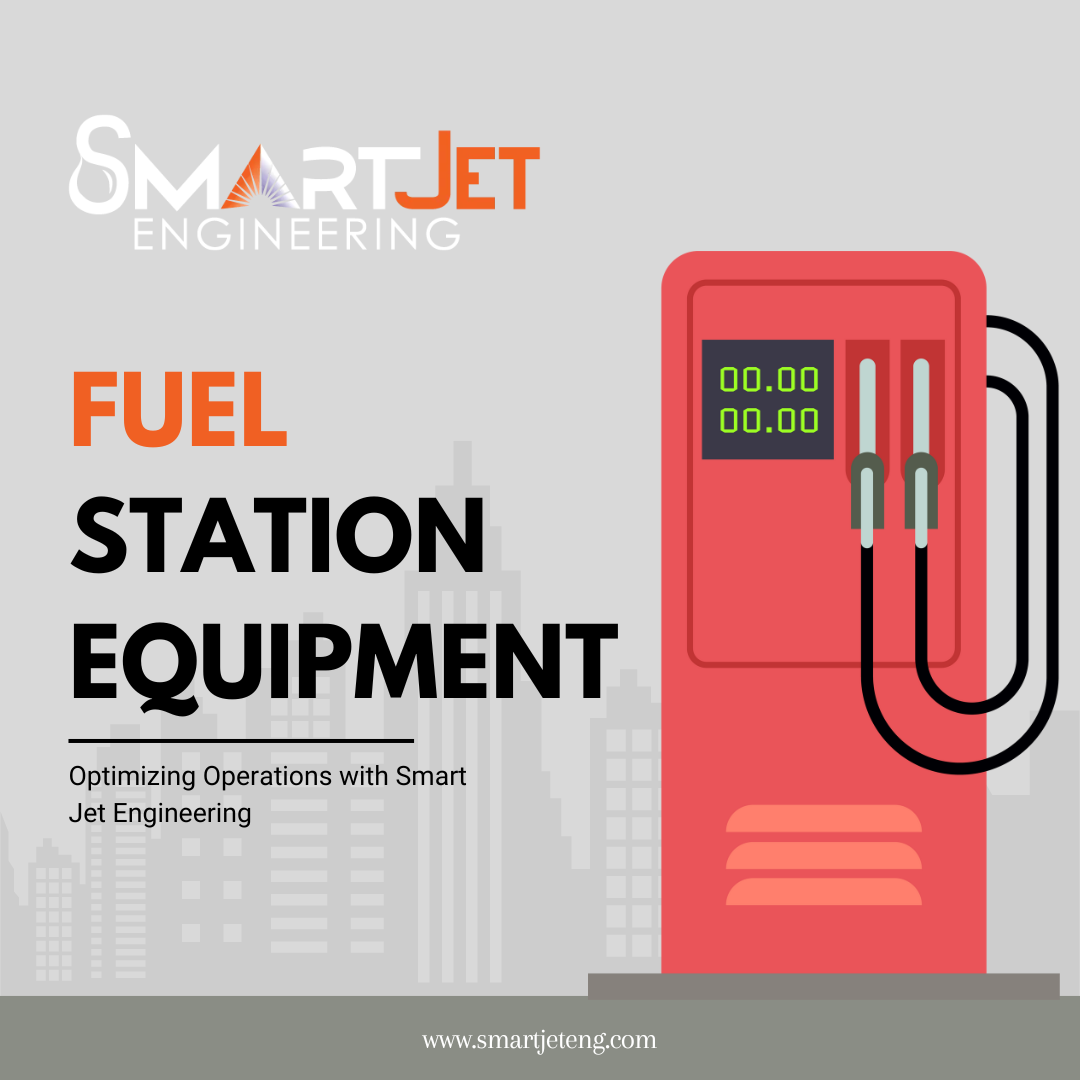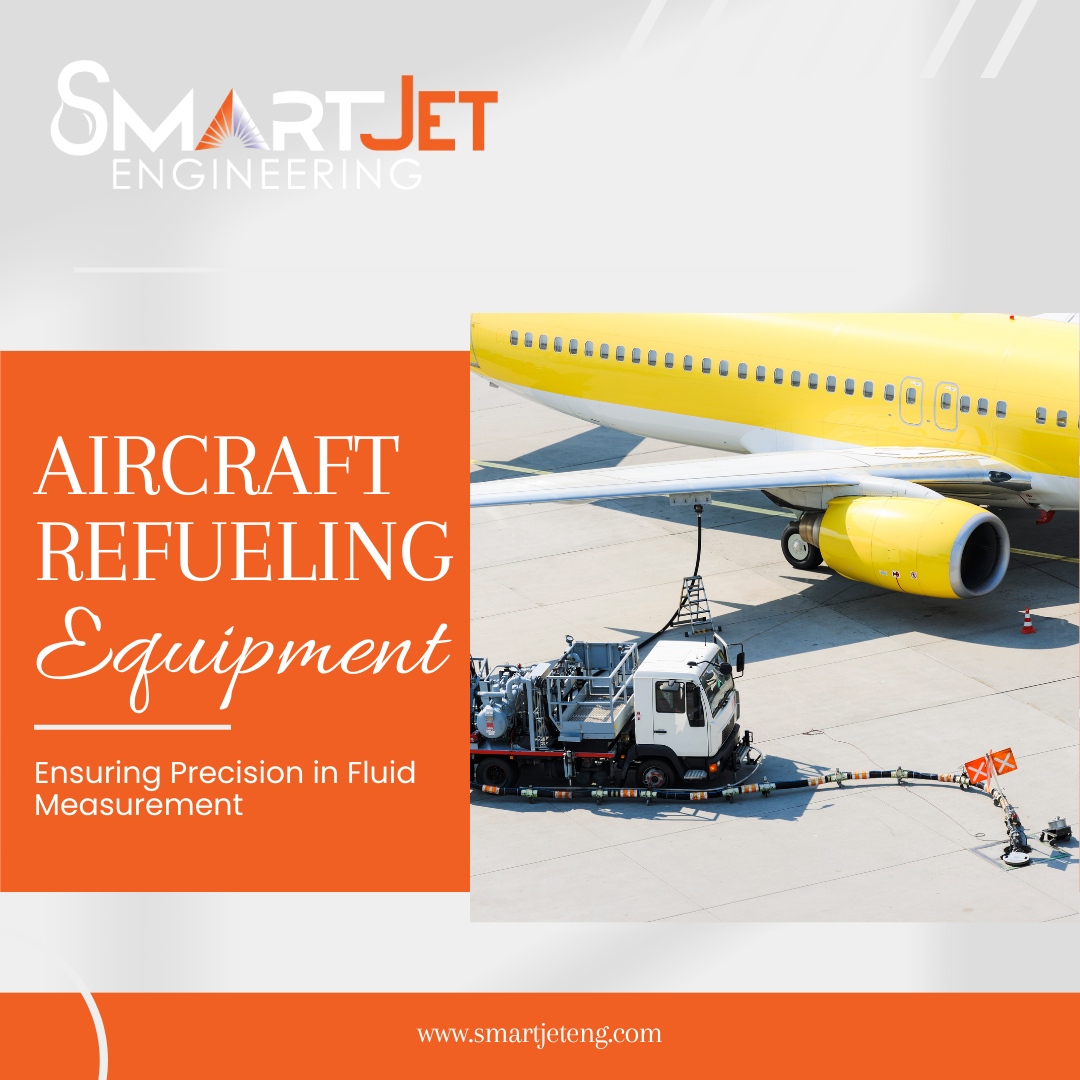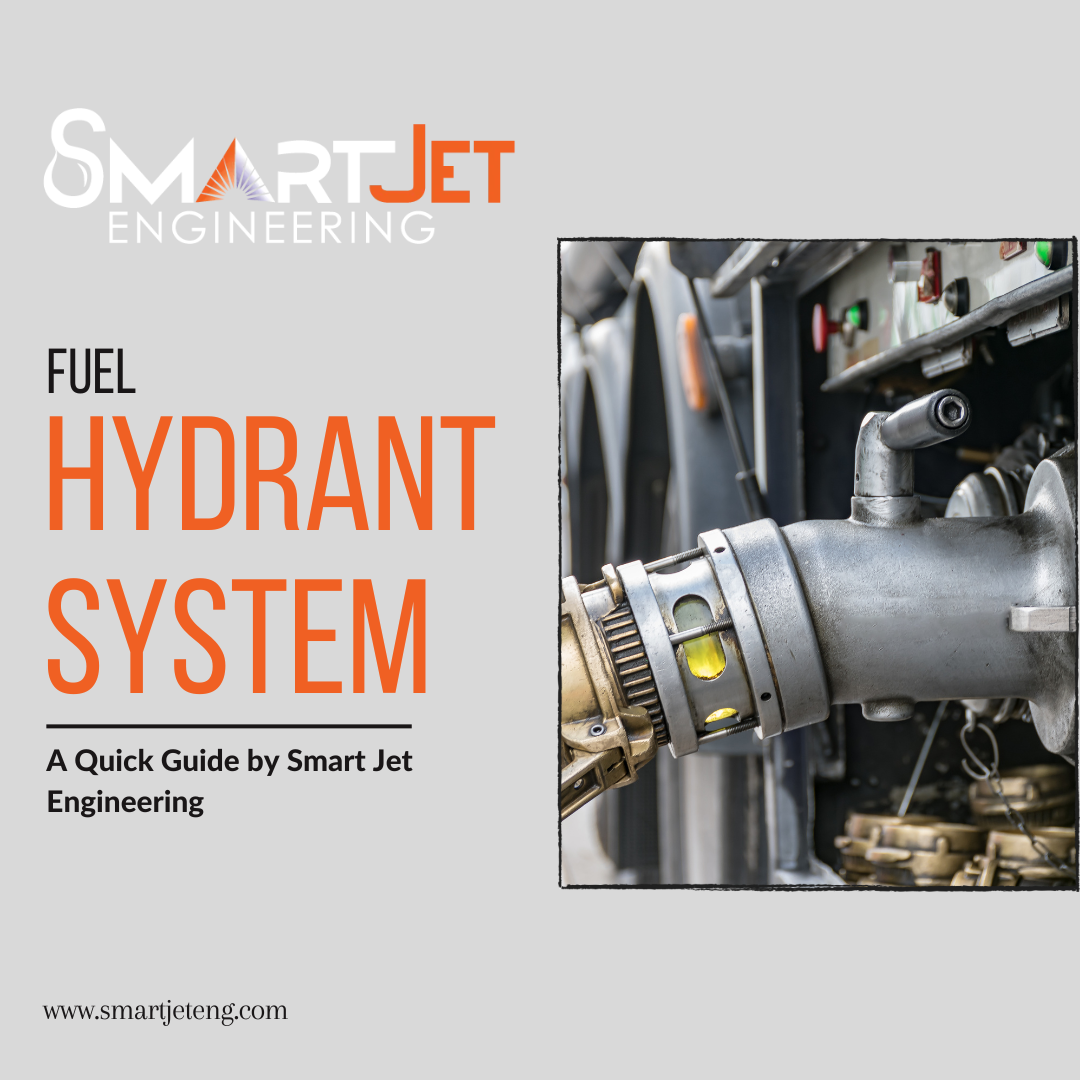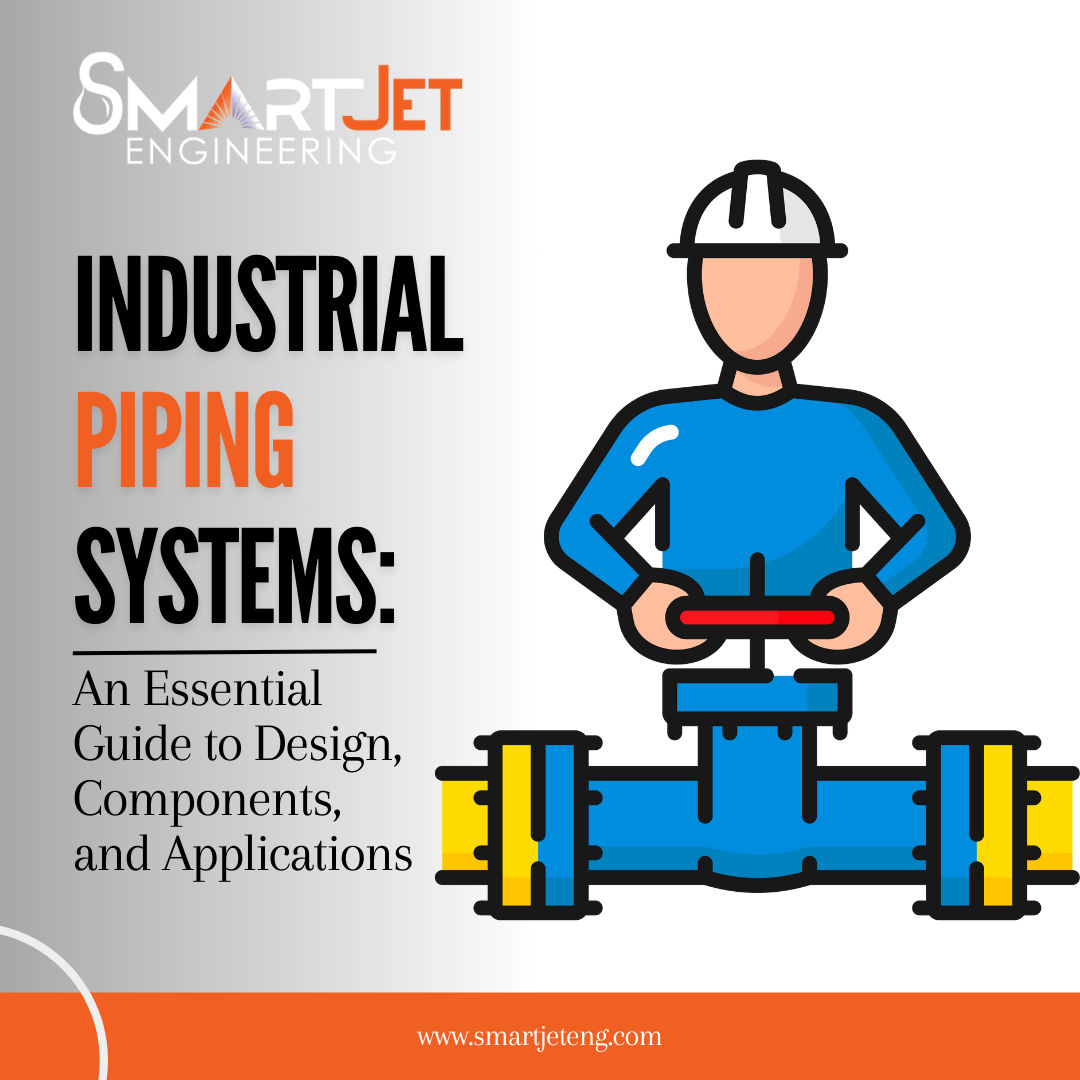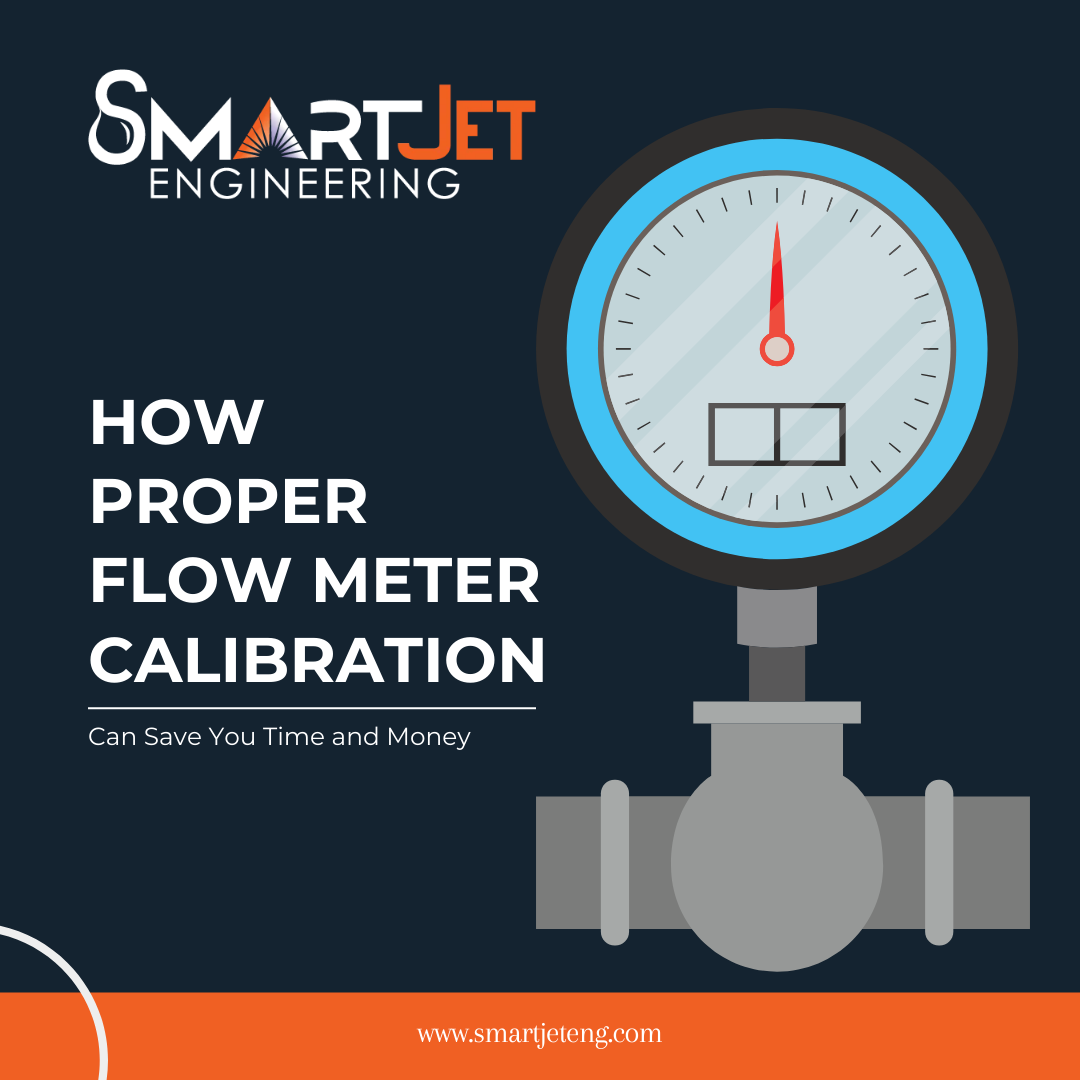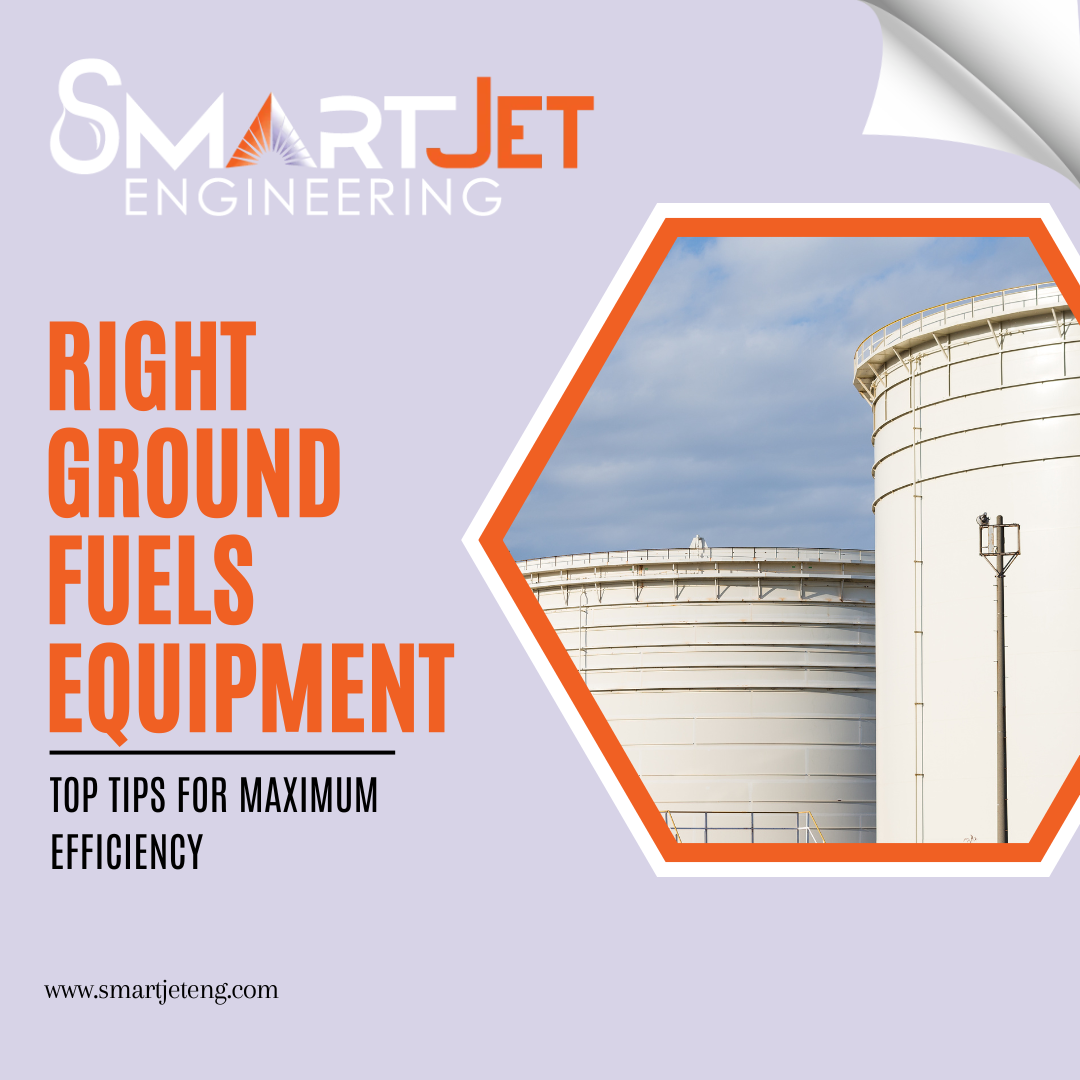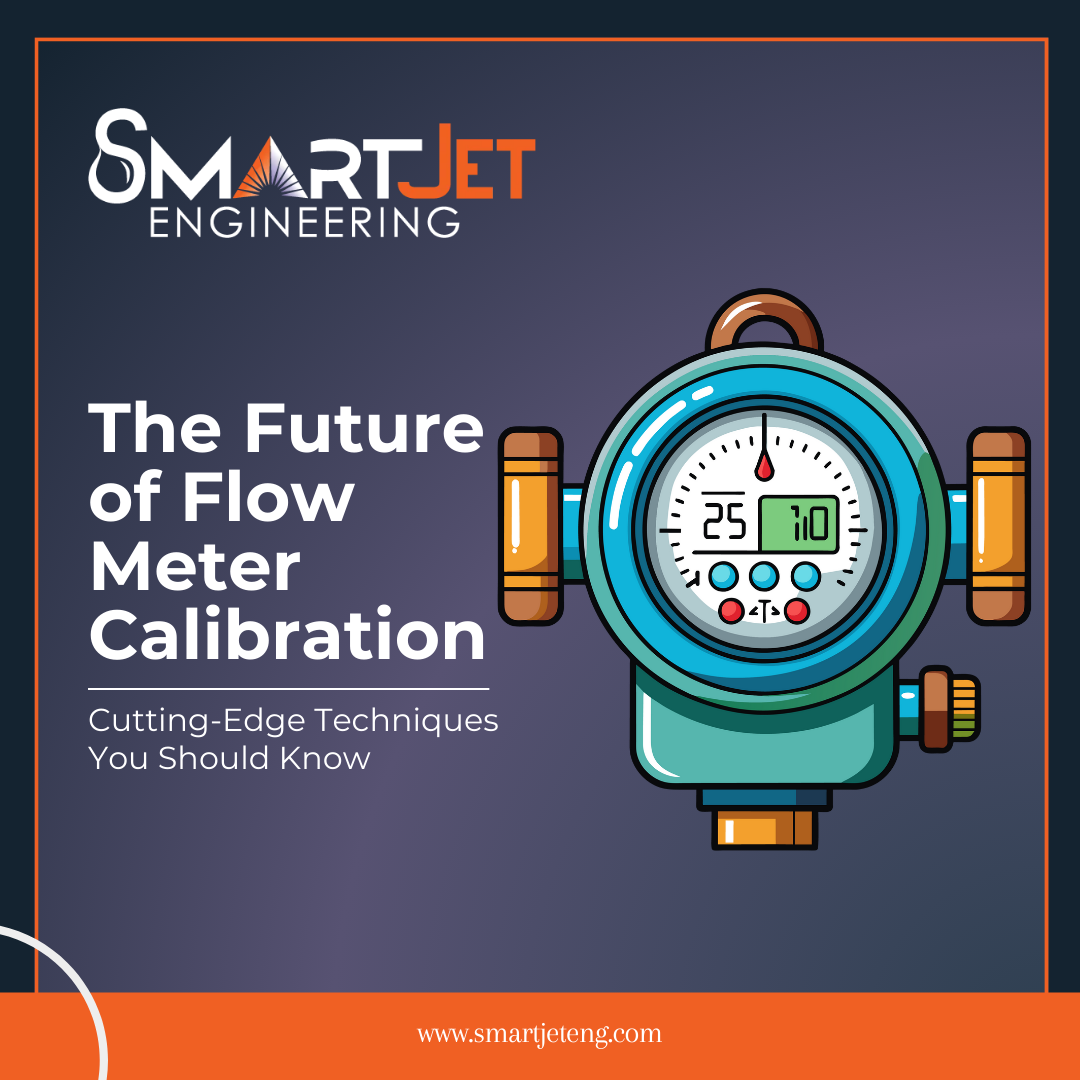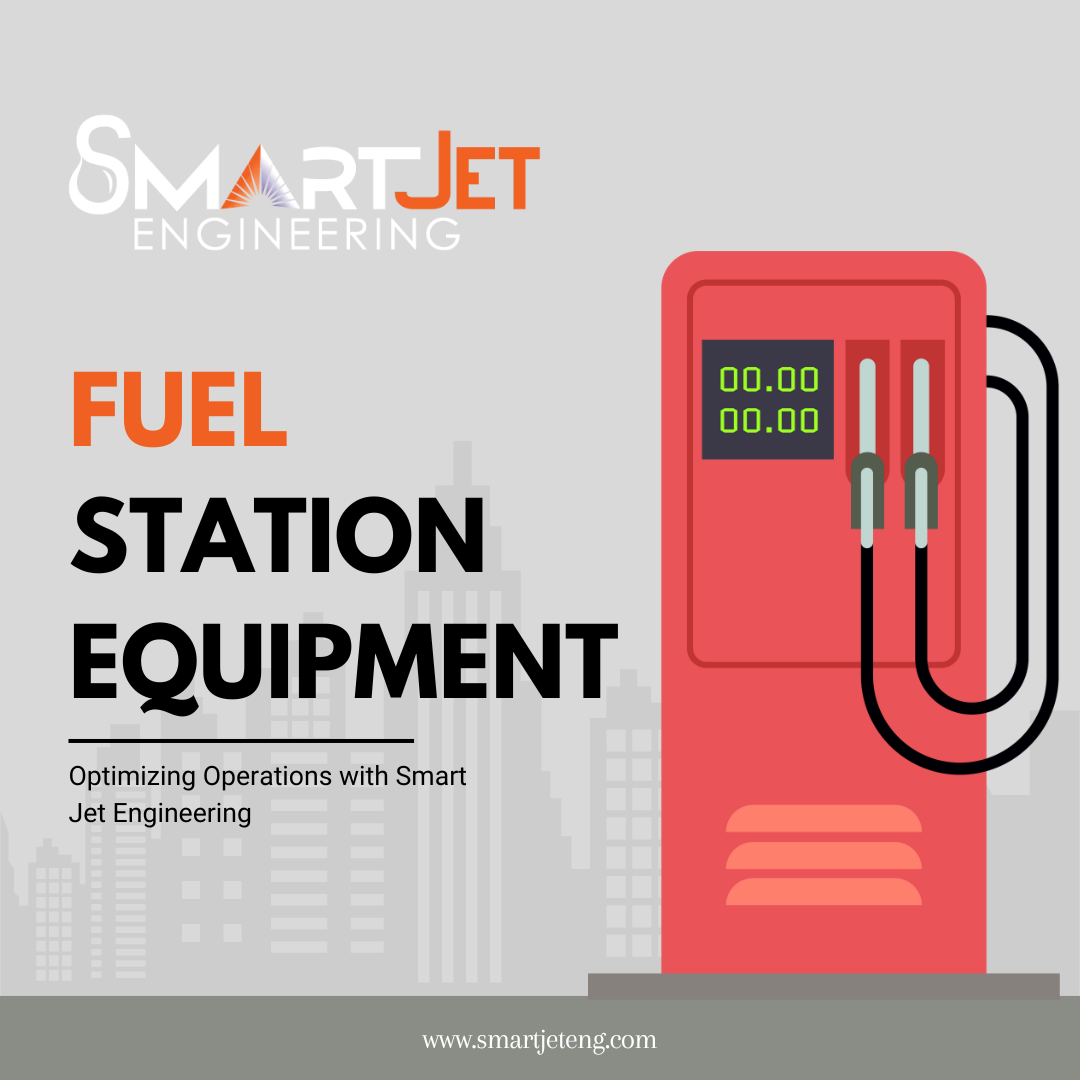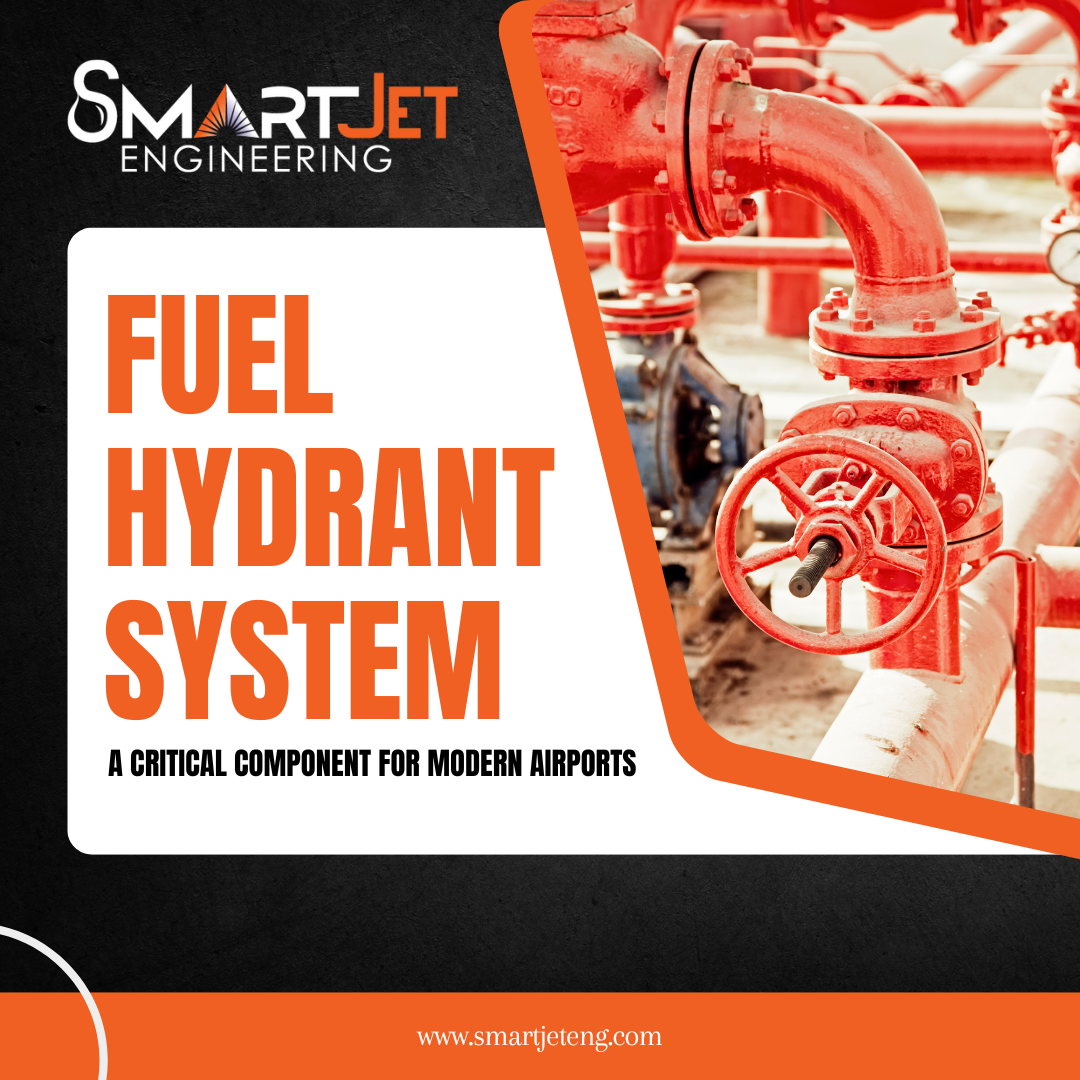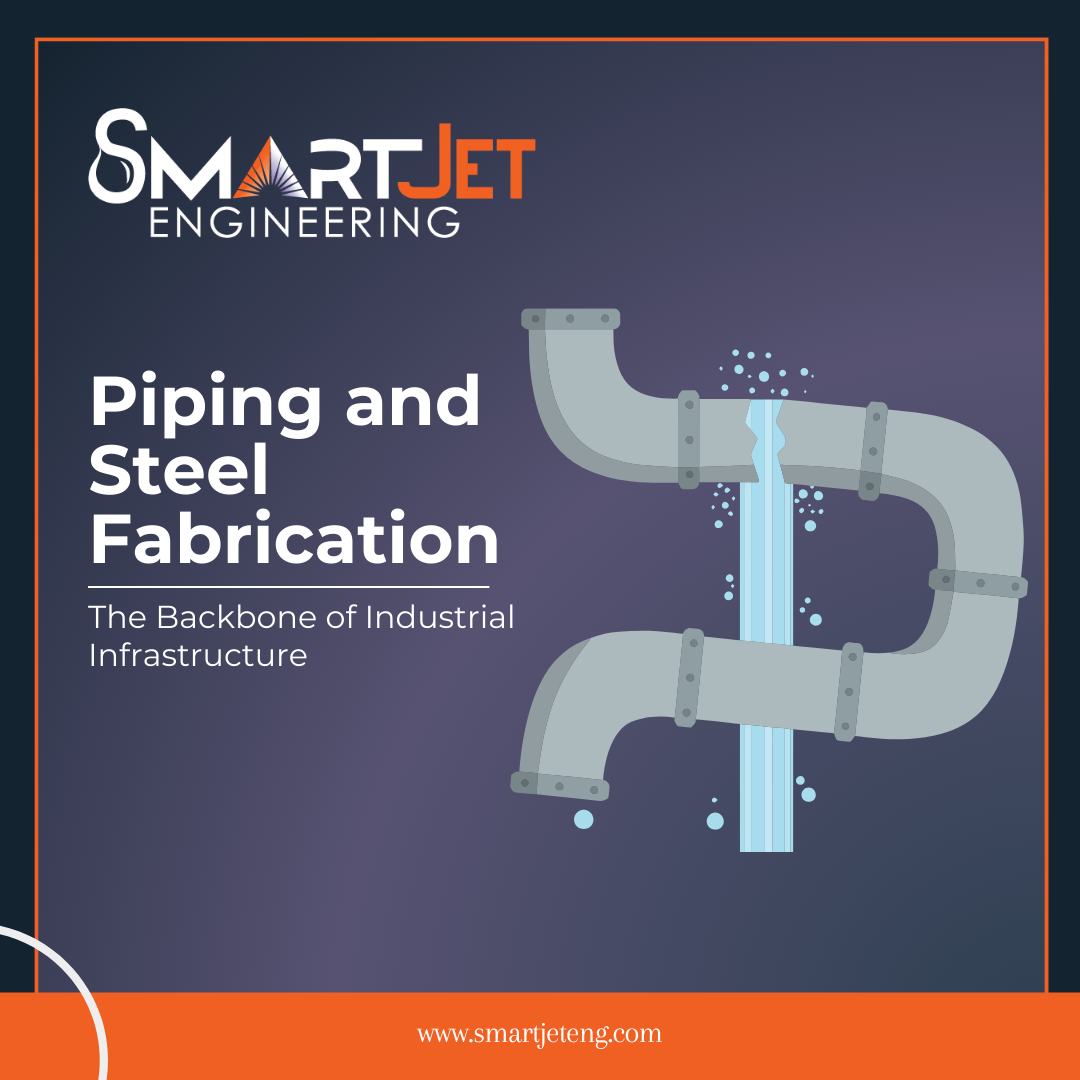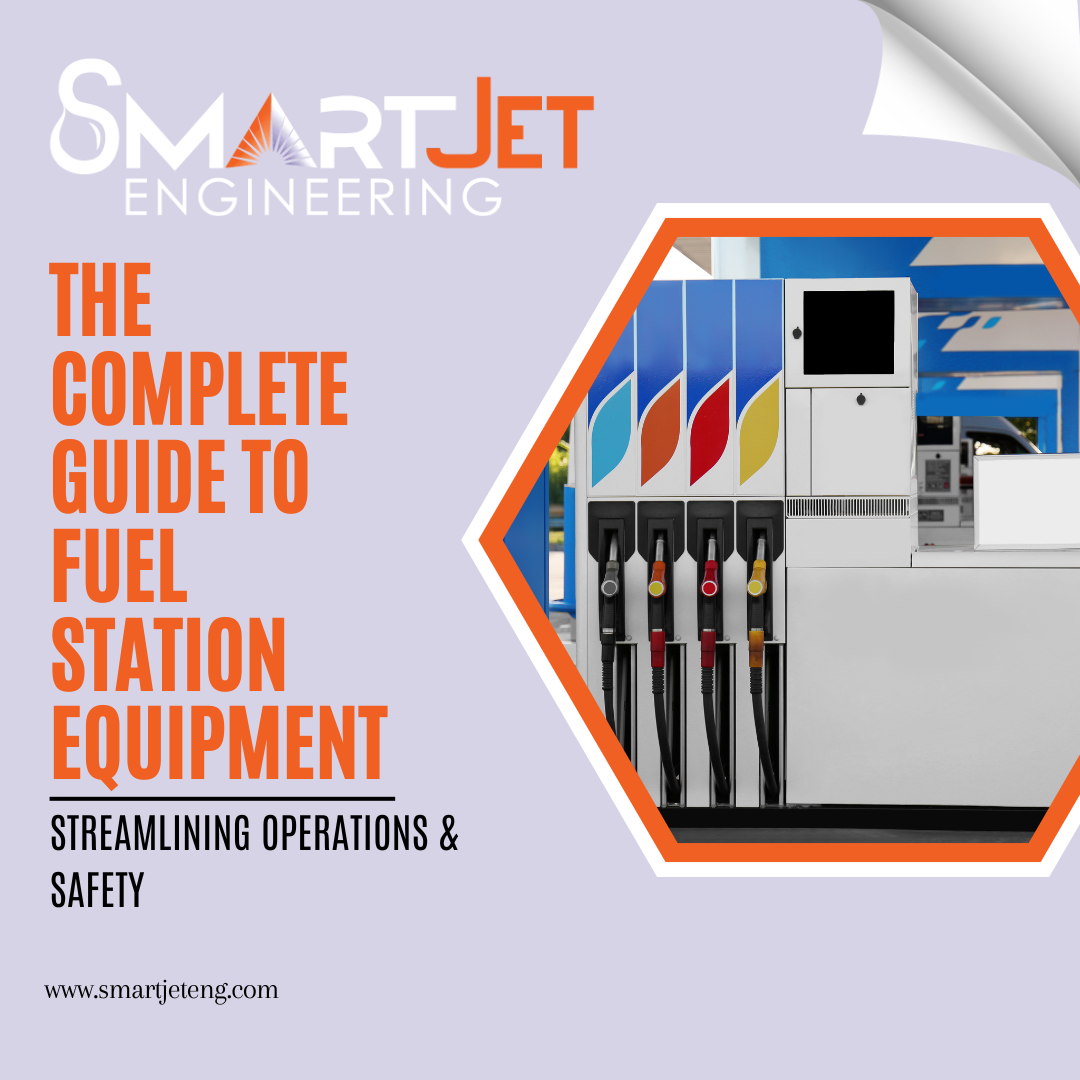Flow Meters Explained
By - Admin
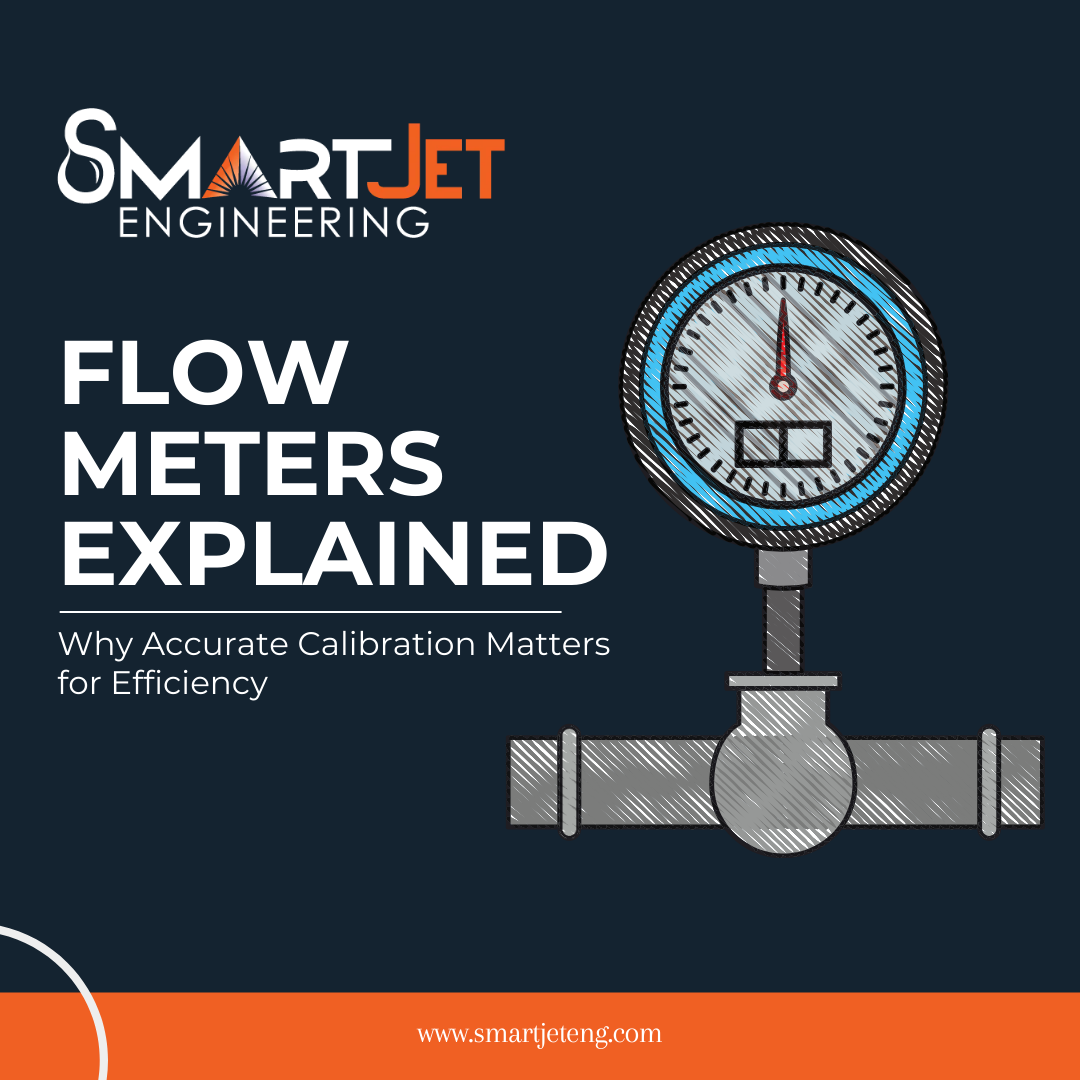
Flow Meters Explained: Why Accurate Calibration Matters for Efficiency
In industrial settings, accuracy is everything, and this is especially true when it comes to flow measurement. Flow meters, essential instruments in countless industries, play a crucial role in monitoring and managing the flow of liquids and gases. From water treatment facilities to oil refineries and manufacturing plants, accurate flow readings ensure that processes run efficiently, safely, and cost-effectively. But how does one maintain this precision over time? This is where calibration steps in. In this article, we’ll break down how flow meters work, the types available, and, most importantly, why proper calibration is the key to unlocking optimal performance.
What is a Flow Meter? Understanding the Basics
A flow meter is a device used to measure the flow rate or quantity of a liquid, gas, or vapor moving through a pipe or open channel. By providing accurate readings, flow meters are essential for controlling and managing fluids in industries ranging from water and wastewater treatment to energy and pharmaceuticals.
There are various types of flow meters, each suited to specific applications. Some of the most common include differential pressure flow meters, ultrasonic flow meters, electromagnetic flow meters, and Coriolis flow meters. While their working principles vary, the end goal remains the same: to measure the flow rate as accurately as possible. However, achieving accurate measurements is only half the battle. Maintaining that accuracy over time requires careful calibration and regular maintenance.
Why Accurate Flow Measurements Are Important
Accurate flow measurements are fundamental in many industrial applications. Inaccuracies can lead to significant issues, such as process inefficiencies, product quality concerns, environmental risks, and even equipment damage. By ensuring precise flow measurements, companies can optimize their processes, cut down waste, and improve safety. Here’s why accuracy in flow measurements matters:
- Efficiency: Proper flow measurement helps in optimizing resource usage, reducing waste, and improving the overall productivity of industrial processes.
- Cost Savings: Errors in flow measurements can result in wasted materials, higher energy consumption, and increased operational costs.
- Safety: Many industrial processes handle hazardous materials. Accurate flow readings help prevent leaks and other dangerous situations, enhancing workplace safety.
- Regulatory Compliance: Industries like pharmaceuticals and food processing require stringent adherence to regulatory standards. Precise flow measurements are crucial for maintaining compliance with these standards.
How Flow Meters Work: The Science Behind the Device
Different flow meter types operate on various principles. Let’s briefly go through the mechanics of some of the most popular flow meter types:
- Differential Pressure Flow Meters: These work by measuring the drop in pressure across a restriction in the pipe, often an orifice plate. The flow rate is then calculated based on the pressure differential.
- Ultrasonic Flow Meters: Using sound waves, these meters measure the velocity of the liquid flowing through a pipe. They are popular in applications requiring non-invasive measurement.
- Electromagnetic Flow Meters: Operating on Faraday's Law, these meters measure flow by detecting the voltage generated when the conductive fluid flows through a magnetic field.
- Coriolis Flow Meters: Known for their precision, Coriolis flow meters directly measure the mass flow rate by detecting the inertia forces of the fluid within vibrating tubes.
Each type of flow meter has its strengths and limitations, but all of them require regular calibration to maintain their accuracy and reliability.
Calibration: The Key to Long-Term Accuracy and Efficiency
Calibration is the process of comparing a flow meter’s measurement to a known standard to identify and correct discrepancies. Over time, even the best flow meters can experience drift, where their accuracy diminishes due to wear, temperature changes, pressure fluctuations, and other environmental factors. Regular calibration adjusts for these changes, ensuring that the flow meter remains accurate.
How Calibration Works
Calibration involves adjusting the meter readings to match a known standard or “true” measurement. This process usually includes:
- Setting a Baseline: Establishing a benchmark reading for the flow meter by comparing it to a standard.
- Testing: Passing fluid through the meter and comparing its reading to the baseline.
- Adjusting: Making the necessary adjustments to bring the flow meter readings in line with the standard.
- Documentation: Recording calibration results for regulatory compliance and future reference.
The Benefits of Regular Calibration
Regular calibration of flow meters offers numerous benefits, including:
- Improved Efficiency: With accurate readings, processes are optimized, reducing wastage and enhancing efficiency.
- Cost Reduction: Calibration ensures fewer errors, which translates into cost savings by avoiding overuse of materials or excess energy consumption.
- Enhanced Safety: Accurate flow meters reduce the risk of leaks or other dangerous situations in processes involving volatile or hazardous materials.
- Extended Equipment Lifespan: Properly calibrated meters experience less wear and tear, extending their operational life.
- Compliance Assurance: For industries with strict regulatory requirements, calibrated meters ensure compliance with health, safety, and environmental standards.
When Should You Calibrate Your Flow Meter?
There’s no one-size-fits-all answer to this question, as calibration needs vary depending on the type of flow meter, the industry, and the specific application. However, some common indicators that it may be time to calibrate your flow meter include:
- Regular Maintenance Schedule: Many industries follow a set schedule (e.g., annually or semi-annually) for calibration as part of routine maintenance.
- Process Changes: Any significant change in operating conditions, such as fluid type, temperature, or pressure, may necessitate recalibration.
- Environmental Factors: Harsh conditions, like high temperatures or corrosive environments, can cause faster wear and tear, requiring more frequent calibration.
- Regulatory Requirements: In some industries, calibration is mandatory at specific intervals to meet regulatory standards.
Best Practices for Accurate Flow Meter Calibration
Ensuring successful calibration involves following a few best practices:
- Use a Certified Calibration Lab: Calibrating flow meters in a certified lab ensures adherence to recognized standards, enhancing accuracy and credibility.
- Train Staff Properly: Improper handling can lead to inaccuracies, so make sure that staff responsible for calibration are well-trained.
- Document Every Calibration: Record each calibration, noting the date, conditions, adjustments made, and results, to create a reliable history of the flow meter’s performance.
- Follow Manufacturer Guidelines: Always adhere to the manufacturer’s recommendations regarding calibration intervals and procedures.
Common Calibration Methods for Flow Meters
Several calibration methods can be used depending on the type of flow meter and application. The most common methods include:
- Gravimetric Method: Involves weighing the fluid collected over a specific period. This method is highly accurate and is often used for liquid flow meters.
- Volumetric Method: Similar to the gravimetric approach, this method measures the volume instead of the weight of the collected fluid. It’s commonly used in gas and liquid applications.
- Master Meter Method: Here, a calibrated flow meter (master meter) is used as a reference to check the accuracy of the meter being tested.
- Prover Method: Used primarily in high-accuracy applications, such as in the oil and gas industry, the prover method involves a specialized device that calibrates the meter by direct comparison.
Challenges in Flow Meter Calibration
Flow meter calibration is not without its challenges. Factors such as temperature variations, fluid characteristics, pressure changes, and even minor installation errors can influence accuracy. Additionally, complex fluids, like those with suspended solids or mixed viscosities, can be harder to measure precisely. Therefore, calibrating under the specific conditions in which the meter will operate is critical to achieving accurate results.
Conclusion
In any industrial process, precise flow measurement is key to maintaining efficiency, safety, and cost-effectiveness. Accurate flow meters allow businesses to run optimized operations, minimize waste, and meet regulatory standards. But to sustain this level of precision, regular calibration is essential. By investing in calibration, companies not only improve the reliability and longevity of their flow meters but also enhance their overall operational efficiency.
Whether in water management, chemical processing, or energy production, accurate flow measurement can make all the difference. For organizations looking to optimize their processes, reduce waste, and ensure compliance, prioritizing flow meter calibration is an easy and impactful step. At Smart Jet Engineering, we understand the significance of precision and are dedicated to providing top-notch calibration services to keep your operations running smoothly and efficiently.
Related Blogs
Search
Popular Posts

The Importance of Ground Fuel Monitoring in Modern Aviation Operations
March 27, 2025

The Importance of Fuel Storage Tanks in Modern Aviation Operations
March 27, 2025

Why Testing and Commissioning is the Ultimate Step in Quality Control
January 29, 2025
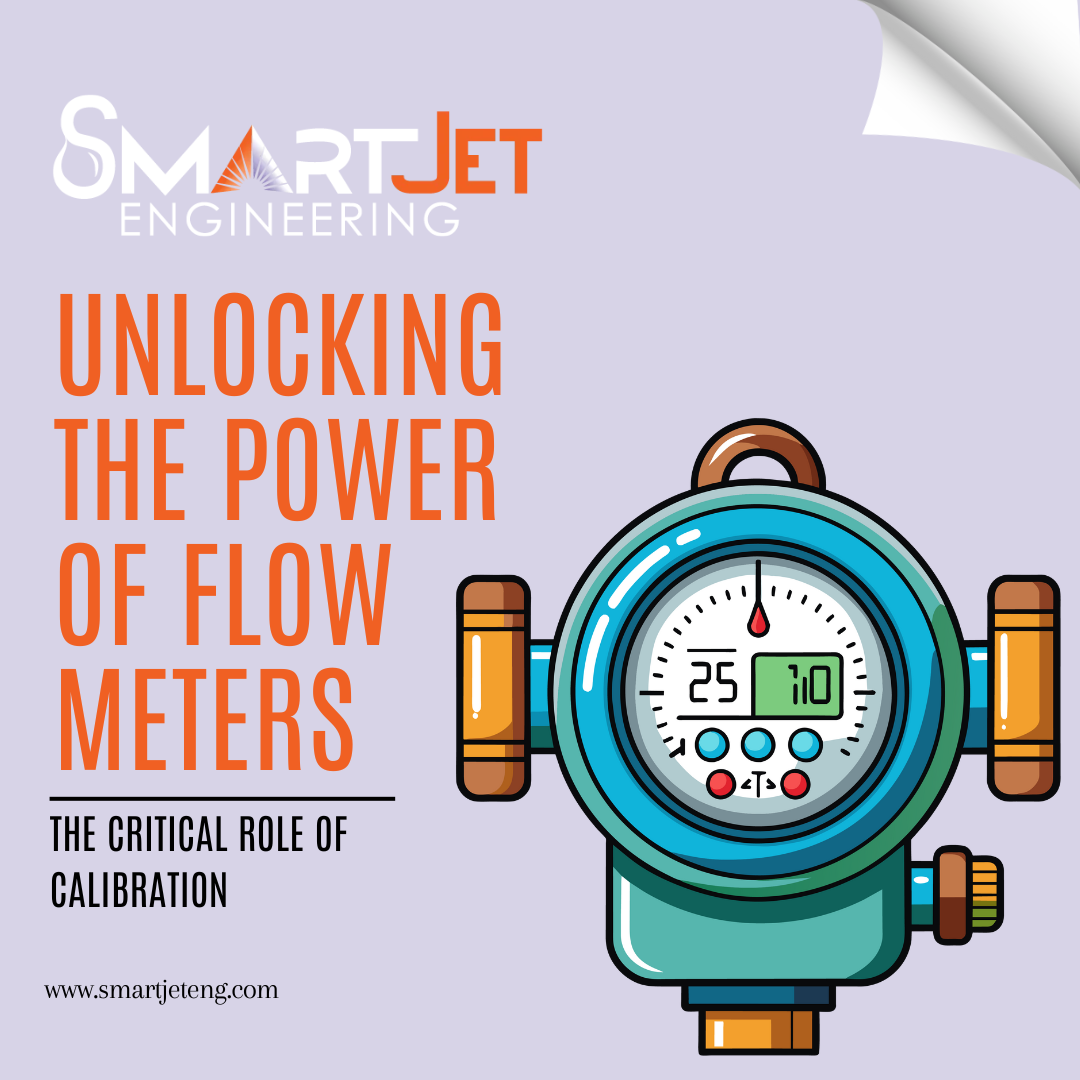
Unlocking the Power of Flow Meters: The Critical Role of Calibration
January 29, 2025

Industrial Plant Maintenance and Servicing
March 22, 2025



